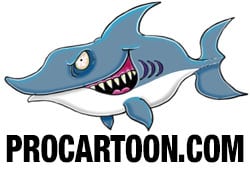Exploring AI Image Generators for Cartoonists
This article delves into the various AI image-generating platforms currently available online, discussing their features, costs, and the pros and cons of each for professional cartoonists who may be considering integrating these tools into their workflow.
The Impact of AI on Cartooning and Illustration
The use of AI in creative work raises a multitude of possibilities and questions, especially in cartooning. While traditional illustration methods are valued for their human touch, AI tools can act as a supplementary resource to assist cartoonists with everything from generating quick drafts to conceptualizing complex backgrounds.
For many, exploring AI isn’t about replacing traditional artistry but about expanding creative capabilities and offering solutions to streamline certain aspects of the work. Professional cartoonists, in particular, are starting to use AI as an efficiency tool, freeing up more time for detailed hand-drawn work or intricate narrative development.
1. Exploring AI with DALL-E 3 by OpenAI
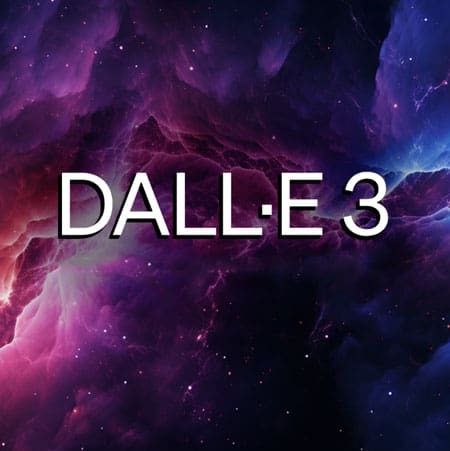 Features:
Features:
OpenAI’s DALL-E 3 stands out for its exceptional ability to generate high-quality images based on descriptive prompts. With impressive versatility, DALL-E 3 produces everything from realistic images to surreal scenes. It also offers an “inpainting” feature, which allows users to make precise edits to specific areas of an image without having to start from scratch. This can be particularly useful for cartoonists who want control over smaller details without redoing the entire composition.
One of the unique aspects of DALL-E 3 is its integration with ChatGPT, allowing users to refine prompts interactively. This can be highly beneficial for artists who may want to fine-tune prompts to achieve highly specific cartoon styles or experiment with a range of character expressions and poses.
Cost:
DALL-E 3 is available as part of OpenAI’s ChatGPT Plus subscription at $20 per month, which provides access to GPT-4, DALL-E 3, and image generation tools.
Pros:
- High-quality, detailed images suitable for a variety of styles.
- Inpainting feature for adjusting specific parts of an image, saving time.
- Interactive prompt refinement via ChatGPT for achieving precise results.
Cons:
- While highly versatile, DALL-E 3 may not excel at simple cartoon styles, as its images tend to lean toward realism and detailed composition.
- Subscription fee may add up for artists looking to use it only occasionally.
Best For:
Cartoonists who need high-quality backgrounds, realistic textures, or help with complex lighting, as well as those looking for inspiration for surreal or sci-fi themes. DALL-E 3 may also serve as a helpful tool for experimenting with character concepts.
 2. Midjourney: The Artistic AI for Conceptual Cartooning
2. Midjourney: The Artistic AI for Conceptual Cartooning
Features:
Midjourney has garnered a large following due to its unique artistic style and ability to create striking, moody, and highly imaginative visuals. Run on Discord, this AI tool allows users to submit prompts and instantly receive an array of generated images. Midjourney is popular among artists for its aesthetic qualities and is especially good for producing fantasy and surreal imagery, which can be highly useful for conceptualizing new worlds, characters, or backgrounds in a cartooning context.
Midjourney’s Discord-based server also fosters a community of artists who frequently share ideas, tips, and prompt ideas, which can provide cartoonists with additional inspiration and opportunities for collaborative input.
Cost:
Midjourney’s subscription starts at $10 per month, with higher tiers providing faster processing and more usage time.
Pros:
- Produces visually rich, stylized images that are highly unique and can serve as strong inspiration for cartoonists.
- Great for conceptual art, unique landscapes, and fantasy-themed cartoons.
- Community on Discord allows for sharing prompts and learning from other artists.
Cons:
- The tool’s tendency for artistic interpretations may make it difficult to achieve specific cartoon styles on demand.
- Learning curve for those unfamiliar with Discord or AI-based art servers.
- Sometimes requires multiple attempts to refine prompts and achieve a consistent style, which can add time to the process.
Best For:
Professional cartoonists interested in fantasy themes or artists looking to create imaginative landscapes and character concepts. Midjourney’s artistic tendencies make it a compelling option for those who enjoy conceptual explorations.
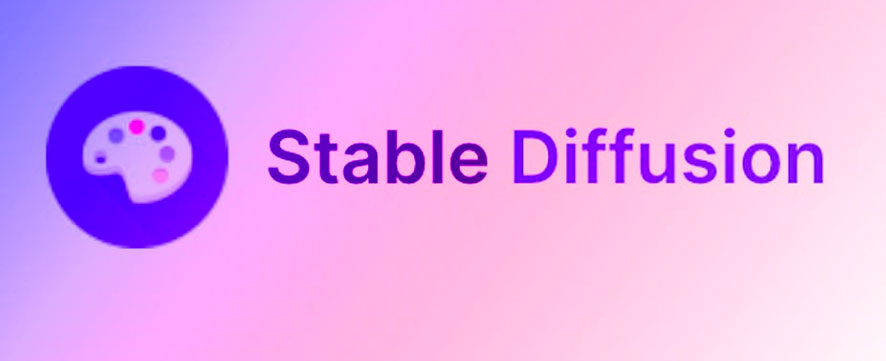 3. Stable Diffusion: Open-Source Power for Custom Cartoon Styles
3. Stable Diffusion: Open-Source Power for Custom Cartoon Styles
Features:
Stable Diffusion is a highly customizable, open-source AI that can be downloaded and run locally, giving users full control over the software. This setup can be especially valuable for professional cartoonists who have specific style needs and want the ability to fine-tune outputs. Stable Diffusion also supports various plugins and tools for expanded functionality, allowing artists to create everything from cartoonish characters to complex background scenes.
For those who lack the hardware to run Stable Diffusion locally, platforms like DreamStudio offer web-based access to the Stable Diffusion model for a usage fee, allowing cartoonists to experiment with the tool without extensive setup.
Cost:
Free to use when run on local hardware. For web-based access, DreamStudio operates on a credit system, with packages starting at a few dollars depending on usage.
Pros:
- Full control over the generation process, with a variety of plugins to customize styles.
- Open-source model, allowing for community-driven improvements and additions.
- No monthly fees when used locally; only the cost of hardware.
Cons:
- Requires significant computing power for high-quality images, which may necessitate expensive hardware upgrades.
- Setup and customization can be complicated for non-technical users.
- For certain styles, prompt refinement may be time-consuming.
Best For:
Cartoonists with a specific style who want maximum flexibility and control over image generation. This tool is particularly valuable for those with technical skills or a strong interest in experimenting with open-source AI software.
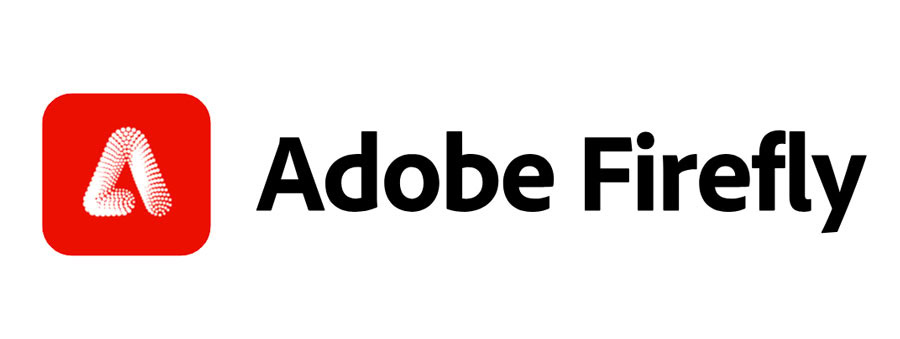 4. Adobe Firefly: AI Integration for Adobe Power Users
4. Adobe Firefly: AI Integration for Adobe Power Users
Features:
Adobe Firefly is Adobe’s AI-powered image generator, integrated into Adobe’s suite of creative tools like Photoshop and Illustrator. Firefly allows users to create images from prompts, modify existing images, and enhance graphics with text effects, style transfers, and other features useful in illustration. Its seamless integration with Adobe’s software makes Firefly a logical choice for artists who already use Creative Cloud applications in their daily work.
The AI’s focus is on producing high-quality images while staying within Adobe’s safety guidelines, which helps ensure that generated content is suitable for professional use. This feature can be particularly valuable for cartoonists working on client projects where image consistency and reliability are essential.
Cost:
Included in Adobe Creative Cloud subscriptions, which range from $20.99 per month for a single app plan to $54.99 per month for the entire suite.
Pros:
- Deep integration with Adobe software allows for a seamless workflow.
- Robust set of creative tools suitable for professional standards.
- Focus on high-quality image generation that complies with industry guidelines.
Cons:
- Relatively high monthly cost, especially if only used occasionally.
- Less specialized for cartoon-style output compared to more flexible AI platforms.
- Limited access without an Adobe Creative Cloud subscription, which may be prohibitive for some.
Best For:
Cartoonists already using Adobe’s ecosystem who want AI-driven assistance for backgrounds, text effects, or more stylized content integrated directly into their existing workflow.
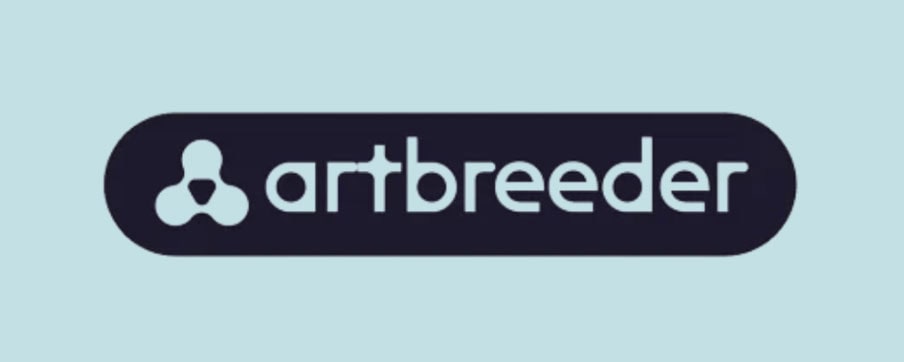 5. Artbreeder: A Unique Tool for Character Design and Stylistic Experimentation
5. Artbreeder: A Unique Tool for Character Design and Stylistic Experimentation
Features:
Artbreeder takes a unique approach to AI-generated art by allowing users to “blend” images, creating new artwork based on adjustable attributes like age, style, and color. This “gene” system gives users detailed control over specific aspects of an image, which can be very useful for cartoonists focused on character design. Artbreeder’s style variations make it ideal for designing multiple versions of a character or experimenting with stylistic traits.
Though primarily focused on portraits, Artbreeder also includes other categories, such as landscapes, which can help with background generation for comics or illustrations.
Cost:
Artbreeder has a free version, but additional features such as high-resolution downloads and more storage are available in paid plans starting at $8.99 per month.
Pros:
- Unique “gene” blending system offers control over facial features and other character traits.
- Allows for fine-tuned character design, ideal for exploring new character styles.
- Free tier available for basic use.
Cons:
- Limited for creating full scenes or non-portrait images.
- Lower resolution for free-tier images, which may not be suitable for high-quality printing.
- Style options may not fully satisfy cartoonists looking for diverse cartoon styles.
Best For:
Cartoonists focused on character development, particularly for headshots and portrait-style cartoons. Artbreeder’s blending system allows for the creation of unique, memorable characters with customizable features.
The Broader Impact of Exploring AI for Professional Cartoonists
Exploring AI image generators can be a game-changer for cartoonists by offering creative freedom, efficiency, and inspiration. However, these tools aren’t without their challenges and ethical considerations. Many cartoonists worry about the copyright implications of using AI-generated art, especially given that some models are trained on massive datasets that may contain unlicensed artwork. For professionals, ethical use and originality are paramount, so exploring AI responsibly and crediting sources when appropriate is essential.
Pros of Using AI for Cartooning:
- Efficiency: Quickly generate drafts, backgrounds, or ideas, allowing for faster project turnover.
- Cost-Effective: Many AI tools offer affordable subscription options compared to hiring additional collaborators.
- Inspirational: AI can help generate new ideas, unique scenes, and diverse character designs, acting as a creative springboard.
Cons of Using AI for Cartooning:
- Creative Limitations: AI lacks the nuance and intentionality of human artistry. It may struggle to capture the humor, style, and personality unique to a cartoonist’s work.
- Copyright Concerns: Some AI models may generate images that resemble copyrighted work, posing potential legal challenges for commercial use.
- Technical Challenges: Some AI tools have a learning curve or require high-performance hardware, which may be a barrier for some artists.
Conclusion
AI image generators offer professional cartoonists a range of possibilities, from rapid prototyping to concept exploration. By exploring AI tools like DALL-E 3, Midjourney, Stable Diffusion, Adobe Firefly, and Artbreeder, cartoonists can discover new ways to enhance their workflows, generate ideas, and bring their visions to life. However, successful integration requires careful consideration of each tool’s strengths, weaknesses, and ethical implications.
For professional cartoonists, AI should complement—not replace—traditional skills. The key is to use these tools as supplements to the creative process, enabling more time for what matters most: telling stories, building characters, and crafting the humor and heart that make cartoons so compelling.
